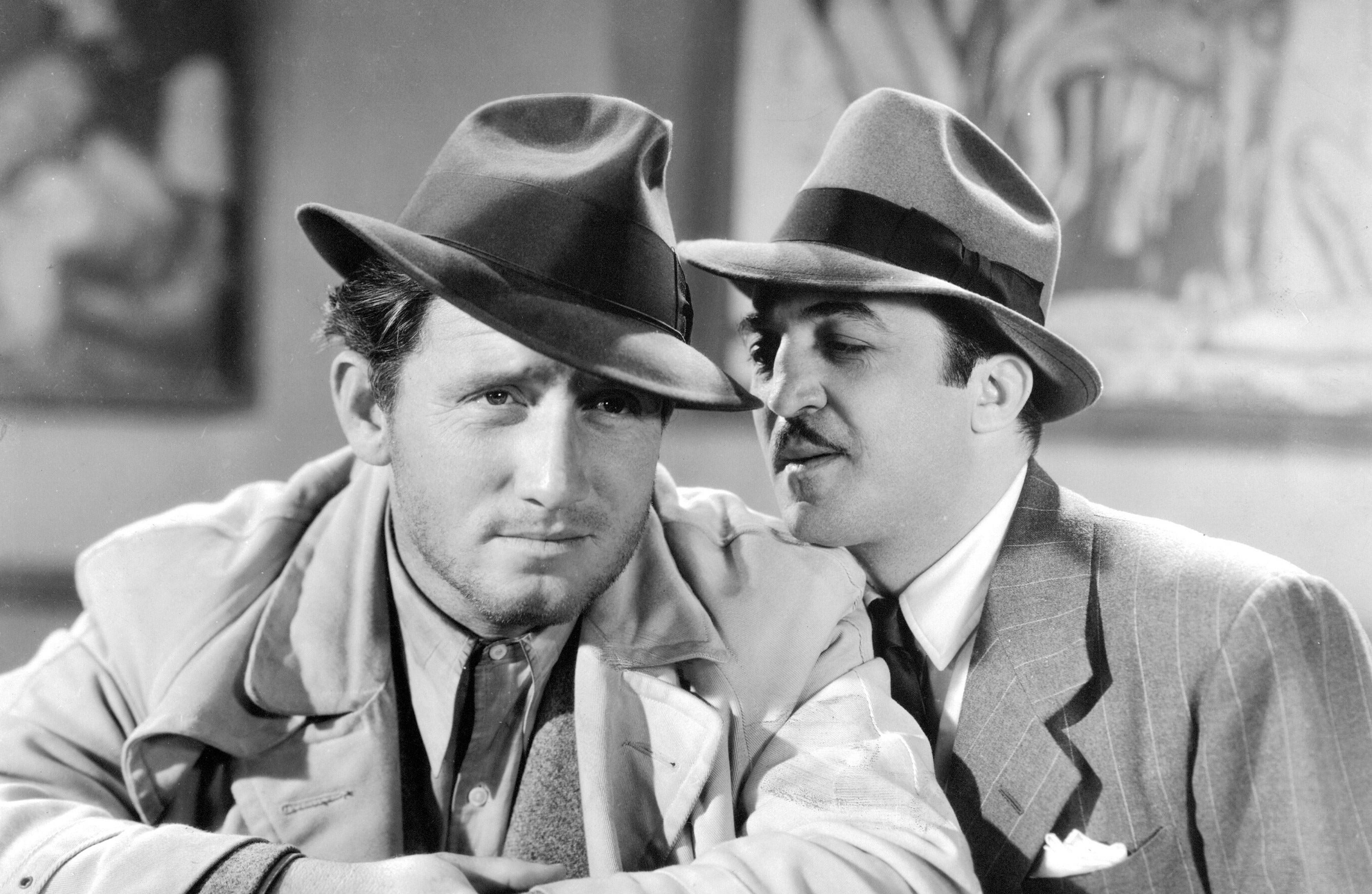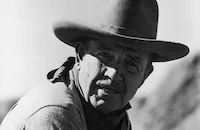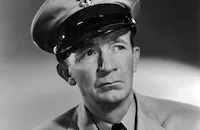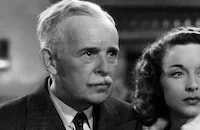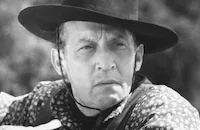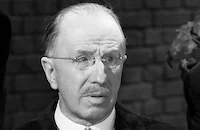Spencer Tracy stars as honest American working stiff Joe Wilson, engaged to marry Katherine Grant (Sylvia Sidney). Jim has slaved a year to earn enough money to marry his true love, and on the way to their union has an experience that will change both of their lives. In the wrong place at the wrong time, Jim is stopped in a small town roadblock and accused, on the basis of some circumstantial evidence, of kidnapping. A domino effect of bad luck soon finds Joe tried and convicted for the crime in the court of public opinion. A chain of gossip in the town's barrooms, grocery stores and kitchens soon has its citizens storming the jailhouse to bring the suspected criminal to justice. The climactic attempt by the town's populace to burn the jailhouse to the ground is only one of many twists and turns in Lang's superbly paced, hairpin drama which delivers one shock after another as Lang investigates the shameful American history of lynching in this dynamic courtroom drama.
Fury is stocked with ample evidence of Lang's cynical, biting view of humankind seen in his often wry and disturbing visual language, like a shot of the town's gossiping women which cuts to a shot of clucking chickens or his close-ups of the people outside the burning courthouse, gleefully holding their babies up for a better view of the burning man, their faces contorted by bloodlust. With shadows distorting their appearance, rendering them instantly ghoulish, Lang's vision of the potential evil in all human beings makes Fury as stylistically memorable as it is for its trenchant social message.
Lang's first American film after the director fled Germany rather than become a filmmaker for the Third Reich, Fury finally materialized after a year of unrealized potential productions at his new studio home, MGM. And Fury turned out to be a rather unusual film, both for its time, and for its studio, more used to turning out family-oriented fare than a piece of socially conscious filmmaking.
Though the film was based on the real-life case of two kidnappers, Thomas Harold Thurmond and John Maurice Holmes, who were lynched by the populace of San Jose, California, for their abduction of a department store owner's son, Fury probably owed more of a debt to the social climate in which it was made. The story was conceived during a shocking time in American history when lynching and mob violence escalated in the early 1930s. The fires of injustice were further stoked when a federal anti-lynching bill drafted by NAACP lawyers was killed by the U.S. Senate. But with his hands tied by the notorious movie censorship of the studio years, Lang was unable to explicitly treat lynching as a crime against black people. Lang was even forbidden to use black actors as minor characters in the film, though he initially shot several scenes featuring peripheral black characters to subtly drive home the idea of lynching as a threat to black Americans. In one deleted scene, a black laundress sings a song of freedom as she hangs out the wash, and in another a crowd of Southern blacks is shown responding to a radio speech by Fury's district attorney condemning lynching. Both scenes were cut from the film at the studio's behest.
After much squabbling between Lang and MGM head Louis B. Mayer, who had taken a dislike to the director, Fury was essentially buried by the studio upon its release. But word soon leaked out of the film's greatness, and it went on to become a success both with art-house moviegoers, and critics like The New York Times who called it the finest dramatic film of 1936.
Director: Fritz Lang
Producer: Joseph L. Mankiewicz
Screenplay: Bartlett Cormack and Fritz Lang
Based on the story "Mob Rule" by Norman Krasna
Cinematography: Joseph Ruttenberg
Production Design: Cedric Gibbons, William A. Horning, Edwin B. Willis
Music: Franz Waxman
Cast: Spencer Tracy (Joe Wilson), Sylvia Sidney (Katherine Grant), Walter Abel (District Attorney), Edward Ellis (Sheriff Hummel), Walter Brennan (Bugs Meyers), Frank Albertson (Charlie Wilson), George Chandler (Milton Grimes).
BW-93m. Closed captioning.
by Felicia Feaster


